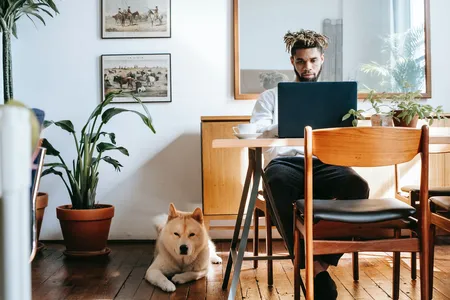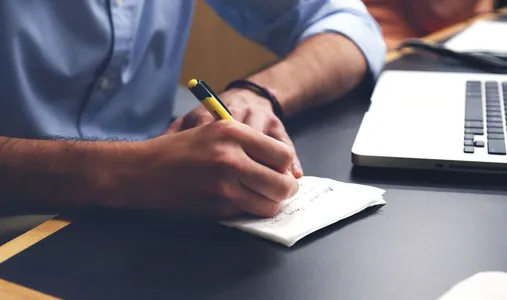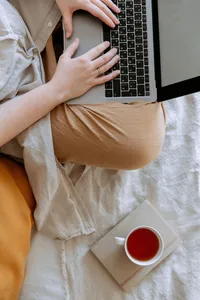Applied Public History: Places, People, Stories
- 4.9
Course Summary
This course explores the role of public historians in shaping historical narratives for public consumption. Students will learn about the different methods and techniques used in public history, and gain practical experience in creating public history projects.Key Learning Points
- Learn how to create compelling public history projects that engage audiences
- Understand the role of public historians in shaping historical narratives
- Gain practical experience in conducting research, interpreting historical sources, and presenting history to the public
Job Positions & Salaries of people who have taken this course might have
- USA: $50,000 - $70,000
- India: ₹5,00,000 - ₹7,00,000
- Spain: €30,000 - €40,000
- USA: $50,000 - $70,000
- India: ₹5,00,000 - ₹7,00,000
- Spain: €30,000 - €40,000
- USA: $30,000 - $50,000
- India: ₹3,00,000 - ₹5,00,000
- Spain: €20,000 - €30,000
- USA: $50,000 - $70,000
- India: ₹5,00,000 - ₹7,00,000
- Spain: €30,000 - €40,000
- USA: $30,000 - $50,000
- India: ₹3,00,000 - ₹5,00,000
- Spain: €20,000 - €30,000
- USA: $20,000 - $40,000
- India: ₹2,00,000 - ₹4,00,000
- Spain: €15,000 - €25,000
Related Topics for further study
Learning Outcomes
- Develop critical thinking and analytical skills for public history projects
- Gain practical experience in conducting research and interpreting historical sources
- Understand the role of public historians in shaping historical narratives
Prerequisites or good to have knowledge before taking this course
- Basic knowledge of history
- Good communication and writing skills
Course Difficulty Level
IntermediateCourse Format
- Online self-paced
- Video lectures
- Interactive assignments
Similar Courses
- Introduction to Public Speaking
- Introduction to American Law
Related Education Paths
Notable People in This Field
- Edward Ayers
- Joan Zenzen
Related Books
Description
This course introduces learners to applied public history: understanding and interpreting the past today, and engaging diverse communities in the practice of making and sharing histories. The course draws on project case studies, expert insights and diverse perspectives to model exciting approaches to researching and sharing the history of places and people. Learners will develop a toolkit to apply in their own practice, by participating in discussion, quizzes, creative activities and mini masterclasses.
Outline
- Your Place
- Welcome! Introducing the Course
- Describing a historic place: interview with Matthew Bristow (Historic England / Victoria County History)
- Historic Building Case Study: interview with Matthew Bristow (Historic England / Victoria County History)
- Discovering Old Maps (Interview with Dr Matt Shaw, Librarian, IHR Wohl Library)
- Layers of London and Crowdsourced Deep Mapping
- Describing Buildings: Historic England Guidelines
- Explore Layers of London
- Describing a historic place
- Describing a historic building
- Places
- Discovering Stories
- Youth Club Archive
- Red Boxes: Victoria County History
- Syrian Oral Histories: Interview with Waseem Albahri
- Explore Youth Club Archive
- Explore the Red Boxes Collections
- Collecting and Telling Stories
- Discovering Stories
- Public History and Creative Practice
- History and Art: reflections on creative collaboration
- Interview with Illustrator Tom Woolley
- Creative Mapping Masterclass
- History, Creativity, and Participation
- Living history and performance
- History and Creative Arts
- History and Performance
- Public History and Creative Practice
- History and the Present
- #RememberHer: Interview with Amy Todd
- Haringey Peace Forum: Interview with John Hinshelwood
- History Workshop Online
- #RememberHer
- Investigate History Workshop Online
- Place and Commemoration
- Anniversaries
- History and the Present
- Research Together
- Layers of London: History of My School and other crowdsourced projects
- Victoria County History: Ibstock
- Reflecting on co-production
- Explore co-produced histories
- Our Migration Story: interview with Sundeep Lidher and Malachi McIntosh
- What is co-production?
- How do we do co-production?
- History and co-production
- Communication and Evaluation
- Media Engagement: Insights from the 'Being Human' Festival
- Evaluating your project: reflections from our partners
- Writing a Media (Press) Release
- Writing for the Web
- Social Media: The Institute of Historical Research on Twitter
- Media Engagement
- Communication and Evaluation
Summary of User Reviews
The UOL Public History course on Coursera has received positive reviews from many users. The course provides a comprehensive overview of public history and its impact. Users have praised the practical approach of the course, which enables them to apply the lessons learned in real-world situations.Key Aspect Users Liked About This Course
The practical approach of the coursePros from User Reviews
- Comprehensive overview of public history
- Practical approach enables users to apply lessons in real-world situations
- Engaging and knowledgeable instructors
- High-quality course materials and resources
Cons from User Reviews
- Some users found the course content to be too basic
- Limited opportunities for interaction with instructors and peers
- The course is not suitable for those seeking a deep dive into specific topics









